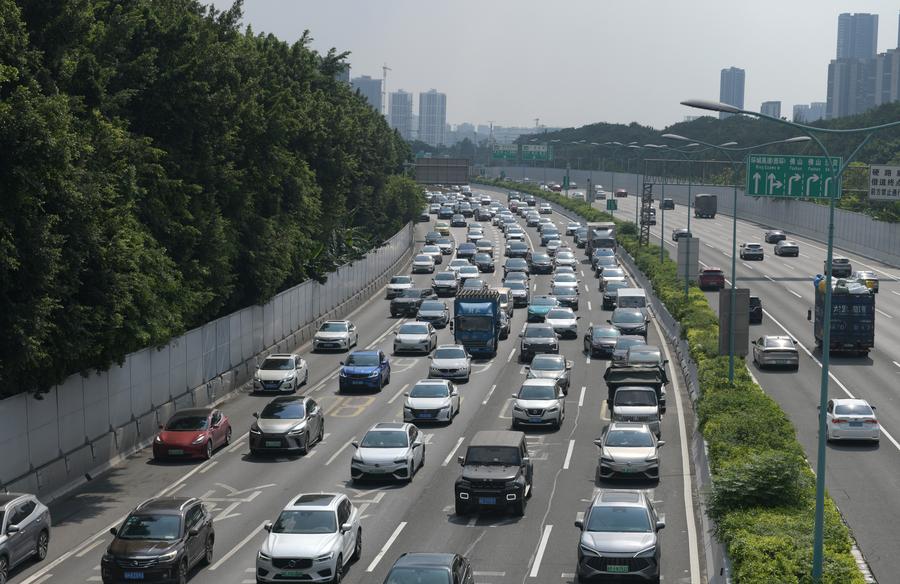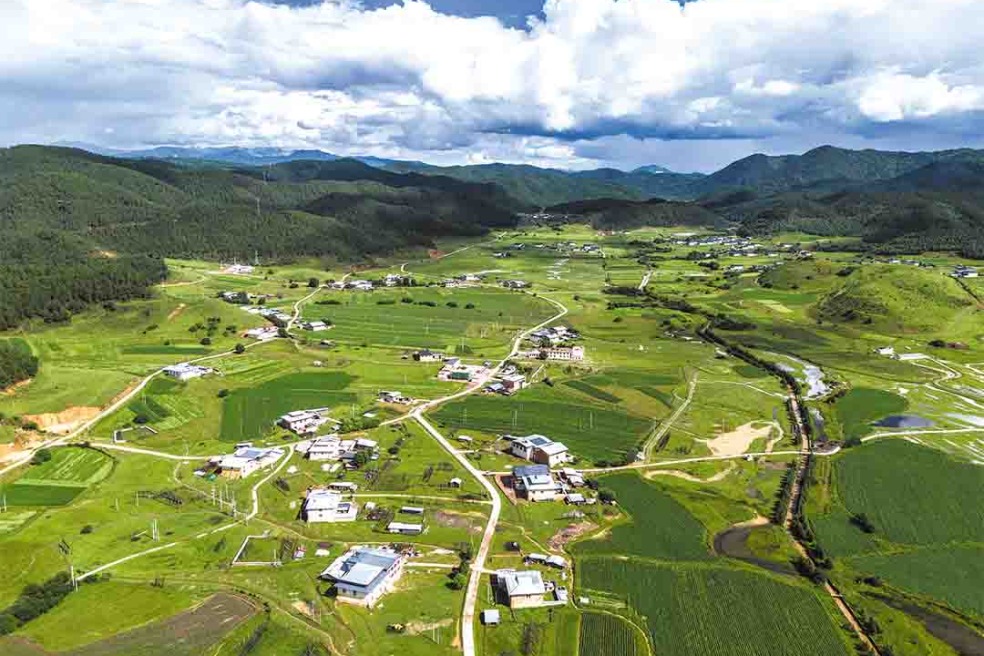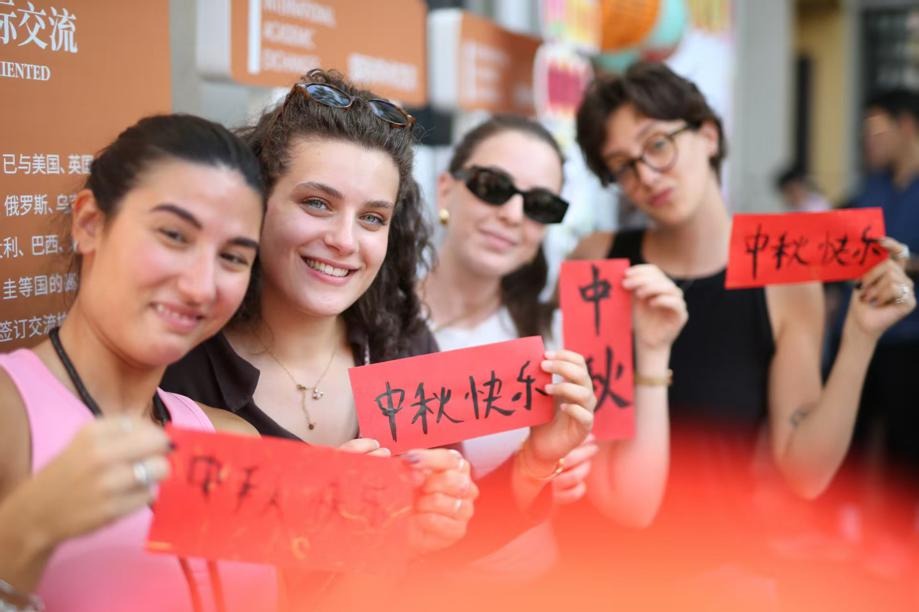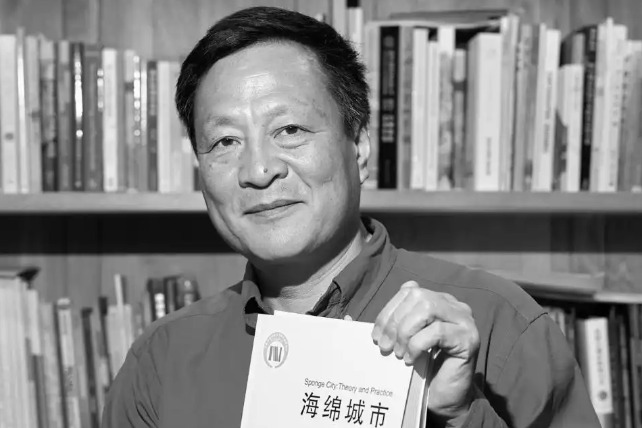China's National Day holiday travel goes green as charging network expands


BEIJING - This National Day holiday, Xu Yuan took to the road in an electric vehicle, enjoying a smooth and stress-free 300-kilometer journey made possible by China's rapidly expanding charging network.
"The charging is incredibly fast now, taking just 10 minutes for 60 kilowatt-hours," Xu said. "With chargers available along the entire route, I could drive without any concern about range."
Xu's experience reflects a broader shift in China's holiday travel. An increasing number of travelers are choosing new energy vehicles (NEVs) for their trips, reassured by the expanding and improved charging network.
The trend is underscored by a striking figure. On Oct 1, the first day of the eight-day holiday, highway charging reached 17.49 million kilowatt-hours, a record high and an increase of 41.95 percent from the previous year, official data showed.
This year, the National Day holiday coincides with the Mid-Autumn Festival, extending the vacation from Oct 1 through Oct 8. The longer break has fueled vibrant travel demand, filling highways and transport hubs with bustling activity.
During the first half of the holiday, China's cross-regional passenger flow surged to a historic high, with approximately 1.24 billion trips recorded. Road travel remained the dominant choice, and an increasing number of these trips were powered by NEVs.
According to the Ministry of Transport, on Oct 1 and Oct 2, daily NEV traffic on the country's expressways reached 13.29 million and 12.37 million trips, up 26.2 percent and 30.1 percent year-on-year, respectively.
China's NEV market has grown rapidly in recent years. By the end of June, there were 36.89 million NEVs on Chinese roads, accounting for 10.27 percent of the country's total automobile fleet. China has held its position as the world's largest NEV market for ten consecutive years.
Propelled by the widespread adoption of NEVs, China has rapidly expanded its charging infrastructure. The country now boasts the world's largest charging network, and has achieved a ratio of two charging piles for every five electric vehicles.
By March, 98 percent of highway service areas had been equipped with charging facilities, enabling most drivers to recharge their vehicles during their journeys.
The deployment of supercharging piles has further improved convenience. The new units deliver up to 480 kilowatts per gun, enough to add hundreds of kilometers of range in just a few minutes.
China's vast charging network has also expanded into counties and rural towns. By the end of June, more than 97 percent of counties were equipped with charging facilities. This denser network not only makes daily travel easier for rural residents but also boosts rural tourism, allowing travelers to explore off-the-beaten-path destinations without worrying about running out of power.
Industry insiders say that the NEV market's expansion will continue to drive growth in the charging sector, with a shift from simply adequate coverage to high-quality, user-friendly services.
Chen Si, chief technology officer at CAMS New Energy Technology Co, a joint venture under Volkswagen Group China, said he expects the total number of public charging facilities to surpass 20 million by the end of this year.
Chen noted that the annual charging volume at these public facilities is projected to reach 80 billion kilowatt-hours by then, roughly equivalent to the annual power generation of the Three Gorges hydropower station, the largest of its kind in the world.
- Rise of 'granfluencers' boosts confidence, silver economy
- Vibrant China during holiday: Museums beyond artifacts
- New type of matsutake hunters and traders
- China's National Day holiday travel goes green as charging network expands
- Village song competition showcases cultural diversity
- Foreign visitors snap up Chinese tech products





































